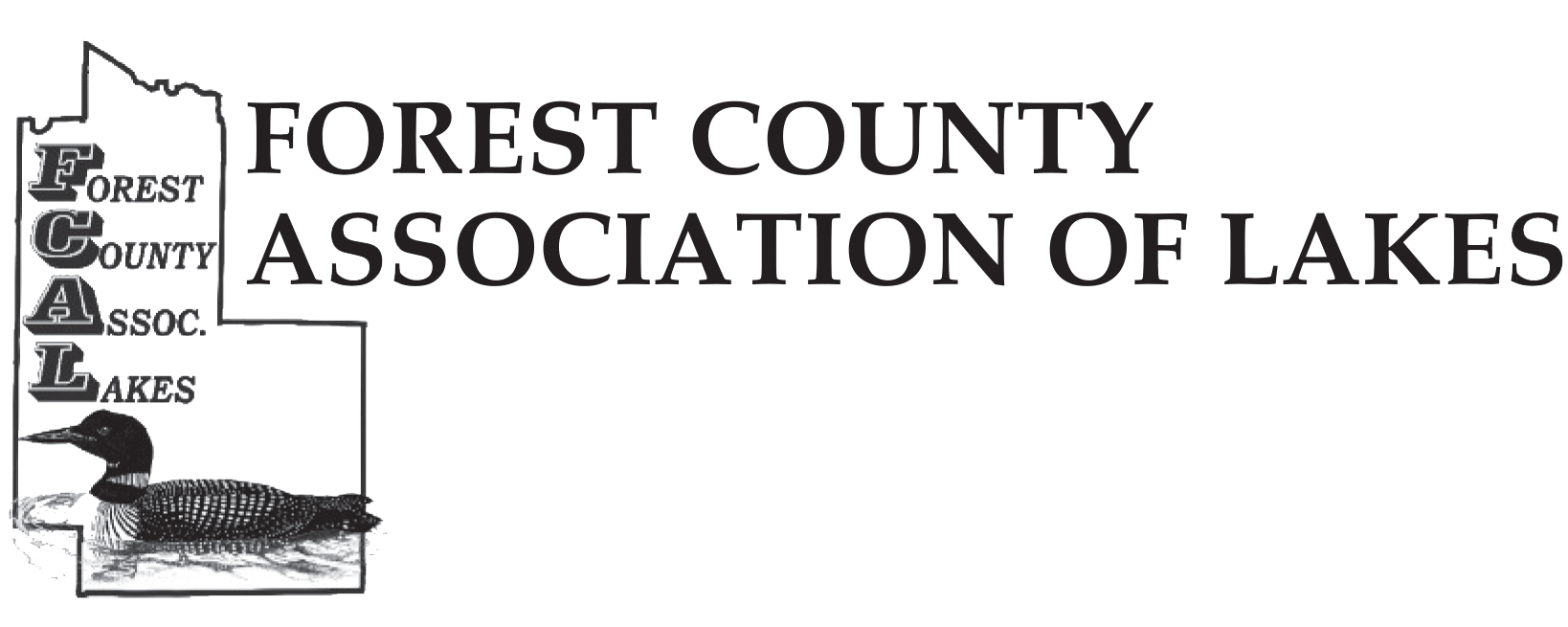In Wisconsin, April 4-10 is ‘Keep Wildlife Wild’ Week. Our year-round activities bring us outside to enjoy the natural environment and view our wildlife resources. Wild animals are valued by many, and it’s important to observe them at a respectful distance to keep them wild and allow for their ‘wild life’ to continue.
During the warmer months of spring and summer, the frequency for wildlife encounters increases, especially with young wild animals. While most of our ‘wild’ encounters are harmless, there are times when well-intentioned people interfere with wildlife situations because they incorrectly assume a young animal is orphaned.
Remember that the best chance for a young wild animal’s survival is with its mother.
Here are some tips for determining whether a young animal is truly orphaned. For the protection of all young wildlife, do not revisit a nest site and don’t let your dogs and cats near the area. To help you determine whether a young animal is an orphan or not, the DNR has a pull-down list of specific animal species on their website.
So why should we keep wildlife wild?
- Stress: Wild animals view people and pets as predators and are highly stressed by the sights, sounds and smells of being in close proximity to humans or our pets. The stress can cause serious health problems and even death for a wild animal.
- Diet: Wild animals have specialized dietary needs that aren’t easily met in captivity. Young wild animals require a specific, complete diet. If they don’t receive proper nutrition, they can be deformed for life. Do not feed wild animals human food because the non-natural food items will most likely cause more harm and will not provide nutritional benefits.
- Disease: Wild animals carry many different diseases and parasites, some of which are transmissible to domestic animals or humans.
- Habituation: Wild animals need to learn normal social behaviors from their own species. Wild animals that learn non-normal behaviors from humans or pets will likely not survive if they’re released because they haven’t learned the correct survival skills, they have lost their natural fear of humans and predators and they may be unnaturally habituated to human activity. As young animals grow, they can still demonstrate dangerous wild animal behaviors that can threaten human and domestic animal safety.
- It’s illegal: Most wild animals are protected under state and federal laws and can’t be taken from the wild or possessed by unauthorized people. Raising a wild animal as a pet is not only against laws, but isn’t doing the right thing for the animal. Wisconsin’s captive wildlife regulations allow a citizen to possess a wild animal for up to 24 hours for the purpose of transferring that animal to an appropriately licensed facility or person, such as a wildlife rehabilitator or veterinarian. Wildlife rehabilitators are licensed, trained and equipped to provide temporary care and treatment to injured, sick and orphaned wild animals for the purpose of release back into the wild. Never attempt to rehabilitate wildlife on your own. Wild animals can carry disease that can be transferred to you or your pets. They are also capable of inflicting injury to themselves or others as they fight to defend themselves against a perceived threat.
Contact a wildlife rehabilitator immediately, if any of the following apply:
- The animal’s parent is dead or no longer in the area
- The animal has been attacked by a predator
- The animal is bleeding and appears injured
- The animal is emaciated, very weak, cold or soaking wet
- The animal has diarrhea
- There are flies, fly eggs, maggots, ticks, lice or fleas on the animal
- The animal is in a dangerous location (busy street, parking lot, etc.)
Conservation Corner is a weekly article produced by the Forest County Land & Water Conservation Department. For more information contact Steve Kircher, County Conservationist-Land Information/GIS Director at 715-478-1387 or by e-mail at .
